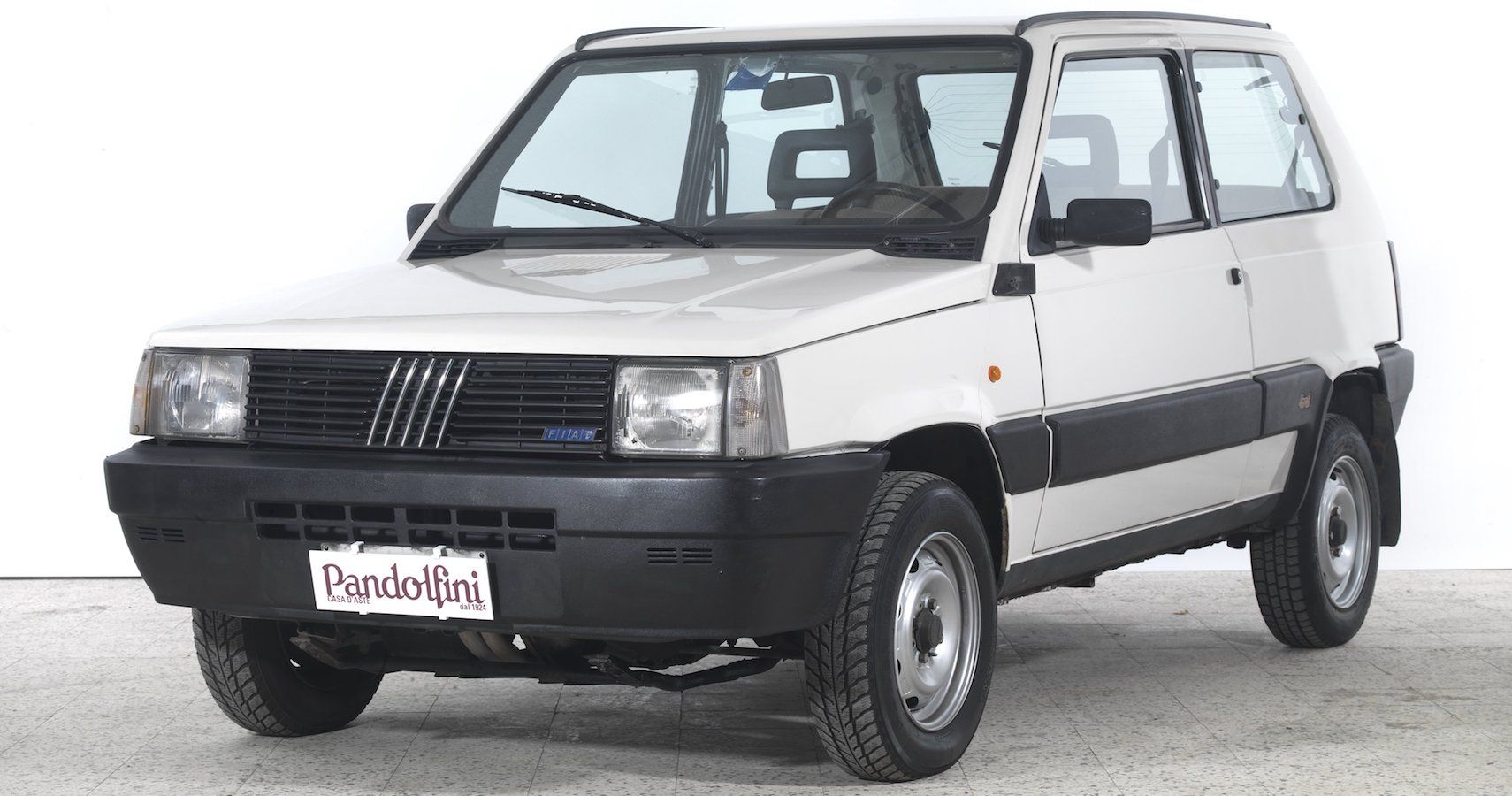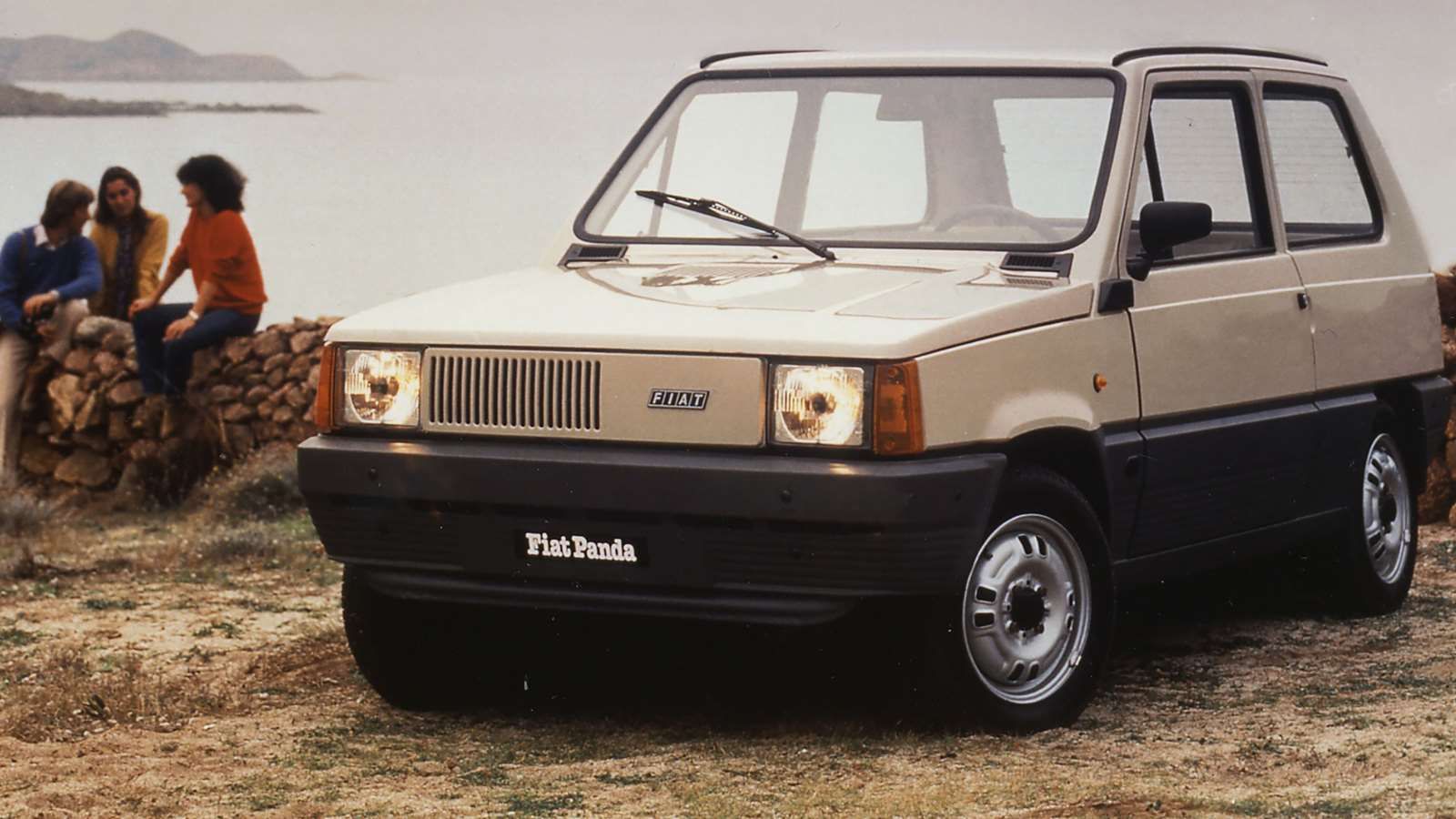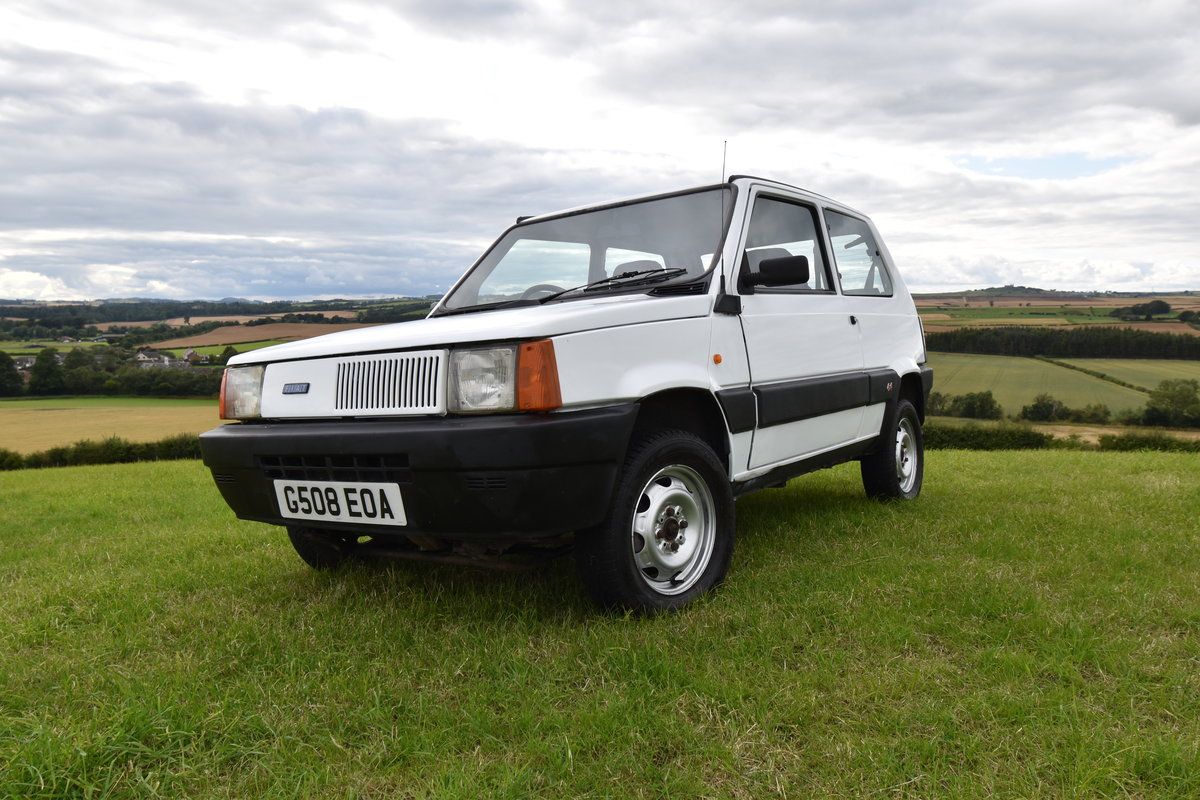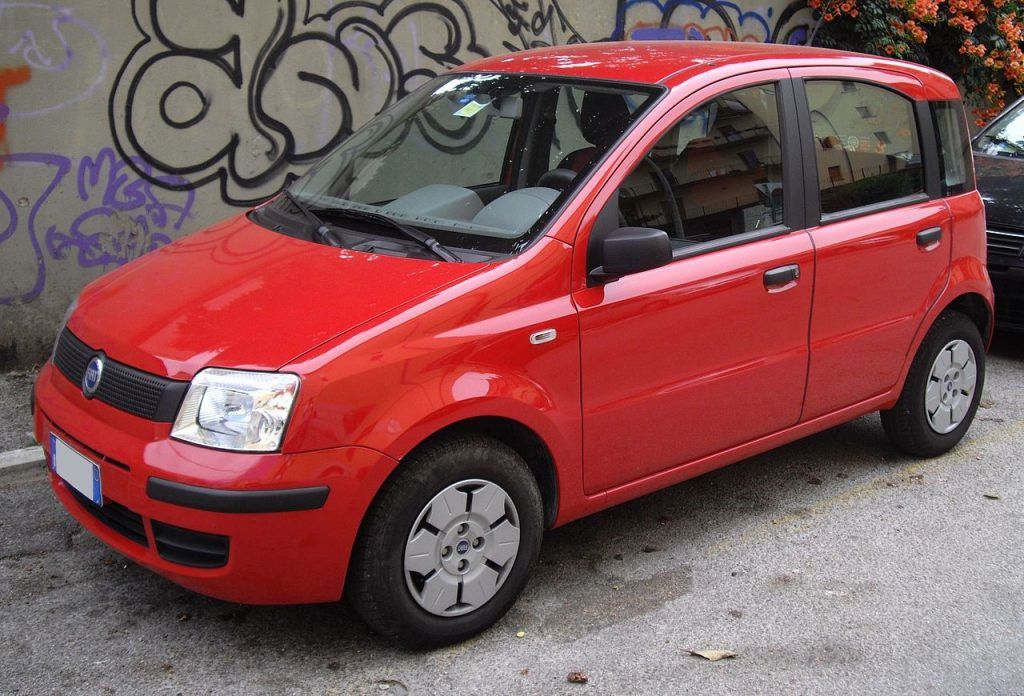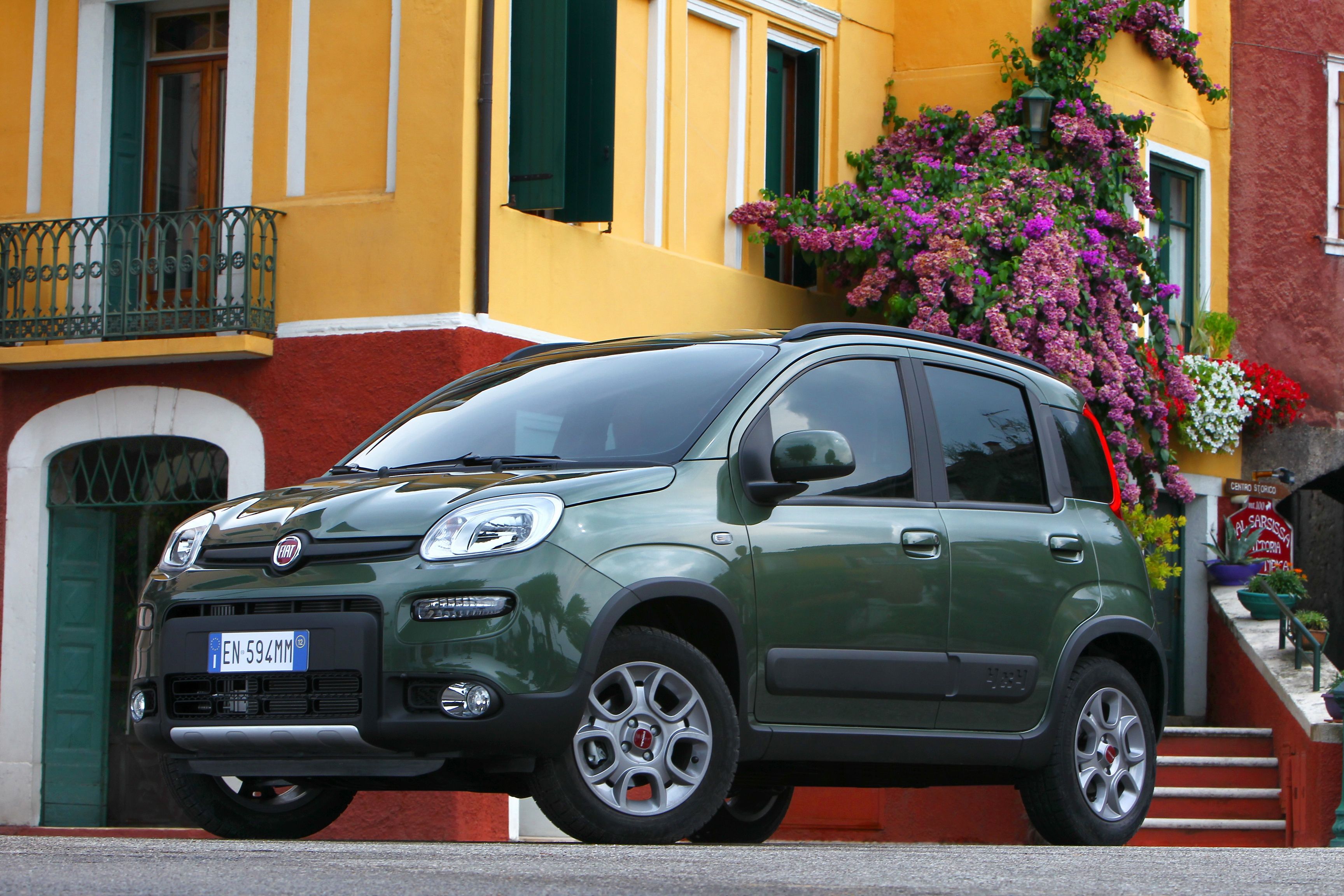In 1980 Italian car manufacturer Fiat introduced the Panda. A small little city car that would go on to become an icon for compact practicality.
From the very beginning, the Panda was designed as an affordable, easily maintainable, and extremely simple car. First announced to the press at the end of 1979; the very first generation went on sale in Italy in late February, before its première at the 1980 Geneva Motorshow.
It's been 41 years since we were first introduced to this trusty little Italian workhorse, so let's take a look at how it earned its reputation.
Humble Beginnings
The Panda was designed by one of the best t0 ever do it, Giorgetto Giugiaro, one half of Italdesign, a company responsible for some of the best looking vehicles in history.
Following the brief of creating a straightforward, practical design that carried over the same ethics from the Citroen 2CV. The work of Italdesign's skilled team highlighted utilitarian practicality throughout the panda.
Just before the Panda's was debuted at Geneva, Giugiaro spoke about what the inspiration behind the panda was in an interview with La Stampa a newspaper from Turin:
"The Panda is like a pair of jeans: it's a simple, practical article of clothing without pretense. I tried to give it the essential quality of a military design — in particular a helicopter: something light, rational, and optimized for a specific purpose."
During its initial design phase, Italdesign called the car "Il Zero". Later, Fiat proposed the name of Rustica. The Panda was not named after a fury lethargic bear, but instead after Empanda, the name of the Roman goddess and patroness of travelers. A very apt name for the Panda's function.
MK1 (1980-2003)
Fiat CEO at the time, Carlo De Benedetti had a simple design brief. The Panda needed to be a straightforward car with a spacious and simple interior, the weight and cost had to be no more than the Fiat 126 which it would replace.
The first Pandas shared engines and gearboxes with the Fiat 127 and, in certain places, the same naturally aspirated 652 CC two-cylinder motor found in its predecessor, the 126. Rear suspension sat on a solid axle that was suspended on leaf springs. As the Panda moved on, fiat added mechanical improvements while maintaining extreme simplicity throughout its life.
The Panda mk1 went on to evolve into many different versions, and perhaps most notably is the Panda 4x4. This model of the Panda was the first small, transverse-engined production car to incorporate a 4 wheel drive system. The system itself was selected manually, with an ultra-low first gear.
The first gen of the Panda was a success. It was welcomed with open arms throughout Europe, coming in 2nd in the 1981 European Car of the Year awards after only one year of production. Even now, there are Fiat Pandas throughout the European countryside serving as long-lasting workhorses.
Second Generation (2003-2011)
The second-gen Panda debuted in 2003, with near enough no shared engineering to the first generation. In 2004, the new Panda was given the Compasso d'Oro industrial design award. The new car came to replace the old Panda after a very healthy 23 years of production.
Like its smaller family member, the Fiat Sciento, the new Panda was manufactured only in Poland, by Fiat-Auto Poland. The high-bodied Panda takes styling notes from small multi-person vehicles and mini-SUVs. Keeping up with its predecessor, the new Panda also won the European Car of The Year award in 2004.
It also included an option for split rear seats, which made it a four-seater. Since September 2005, all Pandas came with updated safety tech such as ABS, EBD and one front airbag at minimum. Customers could choose from 1.1-litre and 1.2-litre engines, and inside, the gear stick is located fairly high up on the center dash, which was designed to make changing through gears more comfortable than the traditional.
The Panda sold half a million units in under 2 years. As you may have guessed it sells particularly well in Italy, over 50% off all Pandas made go there. The new Panda was a great update whilst maintaining the true essence of the original, it even made James May buy one.
Third Generation (2011-current)
The new update to the Panda sits on a new and improved version of its predecessor's platform. This Panda kept the taller look of the second-gen model but draws softer lines and has added a little extra Italian flair into the styling.
Both inside and out the Panda has overbearing design features of a rounded square, which actually has a name, the squircle. You'll find it everywhere, from the foglights to the console cluster and even down to the AC controls. The new gen also has a 4x4 model, keeping with its utilitarian heritage.
The latest model even got a bit of eco-tech. The Panda Hybrid is equipped with a mild-hybrid system that combines a three-cylinder gas engine with a starter-generator for low emissions and high miles per gallon.
The future of the Panda seems strong ,with the possibility of a fully electric generation based on the Centoventi concept due to release in 2022. For now, though you can rest assured that the Fiat Panda is a great little runner that won't let you down, and if it does, there are few things easier to fix.

